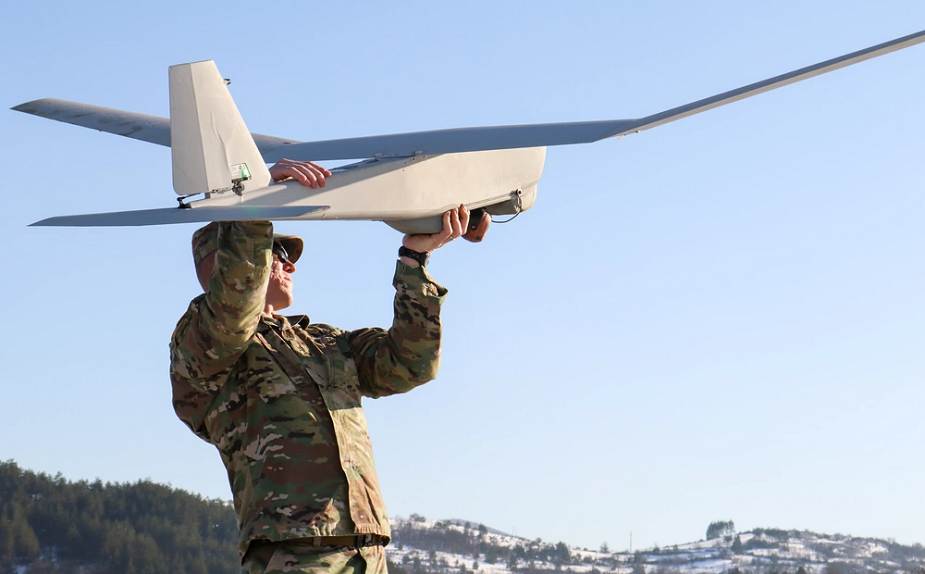Russian forces intercepted and captured an American RQ-20 Puma drone, an advanced tactical reconnaissance model, in the Zaporijia region. This incident, which occurred on October 26, 2024, represents a significant gain for Russian electronic warfare specialists, as they managed to retrieve a US military device with its entire electronic system intact. This acquisition offers Russian engineers and military experts an opportunity to examine and understand the components and technologies embedded within this device, commonly used by the US armed forces.

The interception was carried out by a specialized electronic warfare group that succeeded in neutralizing the drone without damaging its critical systems. An anti-drone countermeasure expert explained that capturing the device intact would allow Russian engineers to better understand the vulnerabilities of Western equipment and exploit them to improve their defensive capabilities. The RQ-20 Puma, designed by AeroVironment, is a lightweight, hand-launched drone primarily used for real-time battlefield surveillance and intelligence gathering. Its small size and low visibility make it an essential asset for forces operating in conflict zones, where real-time knowledge of enemy movements is crucial.
Since the beginning of the conflict in Ukraine, the United States has supplied several batches of RQ-20 Puma drones to the Ukrainian army as part of its military support efforts. In April 2022, a military aid package worth $300 million, including these drones, was announced to bolster the Ukrainian army’s observation and surveillance capabilities. The Puma has thus become a strategic tool for Ukrainian forces, allowing them to gather and transmit information on Russian movements, particularly in combat zones where human access is limited or too risky.
In addition to intercepting the RQ-20 Puma, Russian forces also downed a Ukrainian drone known as the “Baba Yaga” during the same operation. This device, used for reconnaissance and attack missions, was equipped with a Starlink repeater and a munition-dropping system. This setup allows Ukrainian forces to extend their battlefield communication capabilities while conducting precise strikes. The choice of the name “Baba Yaga,” which refers to a witch figure in Slavic folklore, reflects the Russian perception of these drones as stealthy and formidable threats. Capturing this equipment adds an extra dimension to the technological analysis for Russian engineers, who can gain deeper insight into the technical innovations of Ukrainian forces and their Western allies.
